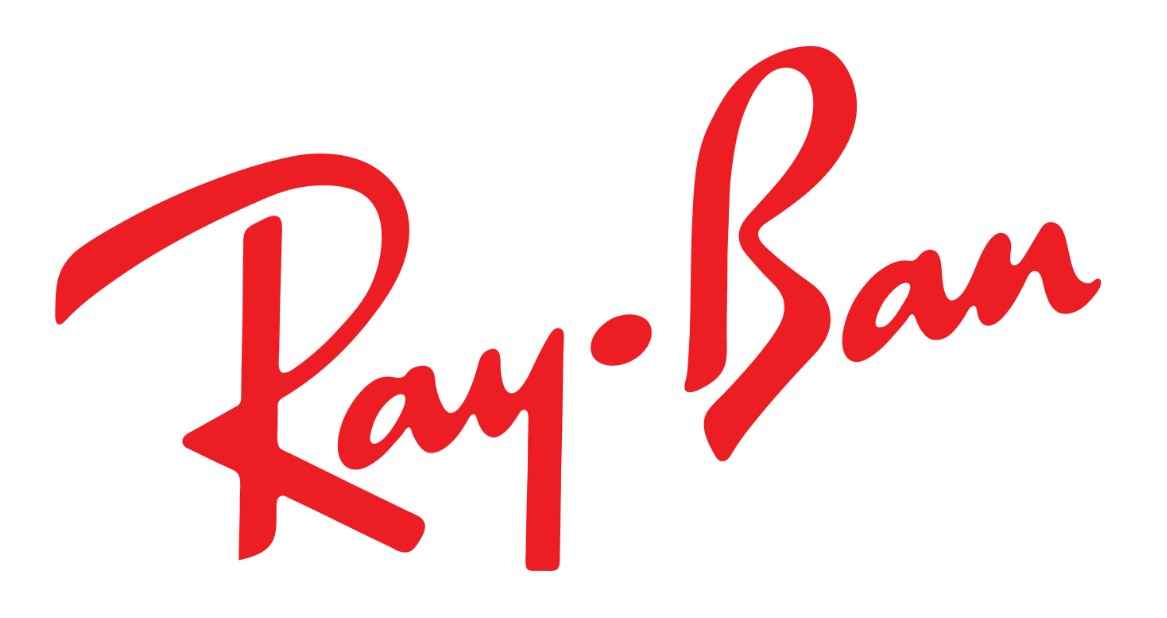In our last discussion, we delved into the fascinating history of the Prada brand. Today, we turn our attention to another iconic name in the fashion industry: Ray-Ban. Established in 1936 by Bausch & Lomb, Ray-Ban has become synonymous with high-quality sunglasses and an enduring symbol of cool.
The inception of Ray-Ban was driven by a practical need rather than fashion. The brand’s journey began when Lieutenant John MacCready of the U.S. Army Air Corps approached Bausch & Lomb, an American medical equipment manufacturer, with a request. He needed sunglasses that would reduce the distraction of intense blue and white hues of the sky while maintaining clear visibility for pilots. This led to the creation of the prototype known as “Anti-Glare,” featuring green lenses that could cut out the glare without obscuring vision. The success of this design marked the birth of the Aviator, Ray-Ban’s first and most iconic model, which was officially launched in 1937.

Throughout World War II, Ray-Ban aviators became a crucial part of the military gear for U.S. pilots. Their functional design and effective glare protection earned them a legendary status among aviators and the general public alike. Post-war, Ray-Ban capitalized on its growing popularity by expanding its product line and marketing efforts, which included targeting celebrities and movie stars.
The 1950s saw the introduction of another legendary model, the Wayfarer. Designed by Raymond Stegeman, this model broke away from the traditional metal frames, featuring a more robust plastic frame. The Wayfarer’s bold design quickly became a cultural icon, gracing the faces of Hollywood stars such as James Dean in “Rebel Without a Cause” and Audrey Hepburn in “Breakfast at Tiffany’s.” This period cemented Ray-Ban’s place in popular culture and fashion history.
Ray-Ban continued to innovate and stay relevant through the decades. The brand’s sunglasses appeared in countless films and TV shows, further embedding them in popular culture. The 1980s, in particular, saw a resurgence in Ray-Ban’s popularity, thanks in part to movies like “Top Gun,” where Tom Cruise’s character famously wore Aviators, and “The Blues Brothers,” which featured Wayfarers prominently.

In 1999, Bausch & Lomb sold Ray-Ban to the Italian eyewear conglomerate Luxottica Group for $640 million. This acquisition allowed Ray-Ban to benefit from Luxottica’s extensive distribution network and marketing prowess, ensuring the brand’s continued global presence and growth.
Today, Ray-Ban remains a leader in the eyewear industry, revered for its timeless designs and enduring quality. The Aviator and Wayfarer models, among others, continue to be bestsellers, blending classic appeal with modern innovation. Ray-Ban’s ability to evolve while staying true to its roots is a testament to its enduring legacy in both fashion and function. As we have seen with Prada, Ray-Ban’s journey from practical beginnings to fashion icon status highlights the brand’s remarkable adaptability and enduring appeal.

